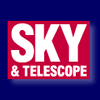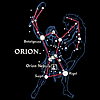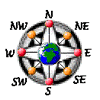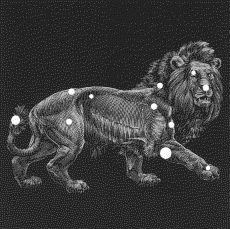Observing the Night Sky

Minimum unit objectives
What you need to know for the astronomical tools practicum.
Observing the Night Sky

Minimum unit objectives
What you need to know for the astronomical tools practicum.
You are required to do three night time observations per quarter. Each observation should be documented with a *journal entry (sample format here). You may decide to do an ongoing project or observe different objects each time. You can start with constellations, but expand your investigations to include studies of the moon, tracking satellites and planets, etc. You can look with the naked eye or with binoculars or a telescope. Use the star map, astrolabe, pinhole protractor and the other tools you will make as the unit progresses. To get started try Observing the Night Sky to help you set up a sky calendar and a star chart for specific place and time. If you have a telescope or binoculars, you may wish to try this lab from the University of Washington Astronomy Department. The links below will also give you tips and guidance. |

------U.S.Naval Observatory Master Clock------
------Hit "Refresh" to update clock------

LINKS for Backyard Astronomy
 |
 Sky & Telescope Sky & TelescopeAdvice for backyard astronomers (see "tips"!). This Weeks Sky at a Glance |
 |
 Astronomy: What's Up this Month Astronomy: What's Up this MonthFeatures rise, set and transit times, constellation of the month, meteor showers and more. |
 |
 Silicon Mapping Silicon MappingFinds your latitude and longitude from a street address! |
 |
 CalSky CalSkyConfigure your own celestial calendar of events! Get a log in name and enter your coord. from Silicon Mapping. |
 |
 Your Sky Your SkyCustomize and print out your own star chart. About Universal Time Alternate Starmap Service |
 |
 Heavens Above Heavens AboveObject transit times for your location, planetary, sun and moon data and more. Excellent! |
 |
 National Geographic's Star Journey National Geographic's Star JourneyVery cool site showing you what's up there. |
 |
 The Constellations The ConstellationsEverything you need to know about locating and identifying const. |
 |
 Guides GuidesGuides to tracking comets and planets. Find that Comet Find that Planet |
 |
 Educator's Guide to Spotting Satellites Educator's Guide to Spotting SatellitesJPL Guide to tracking satellites. |

   |